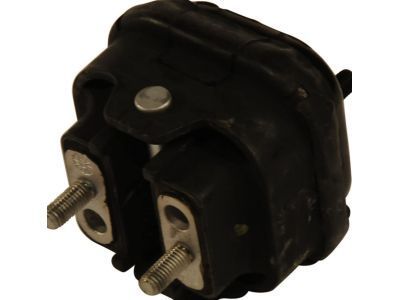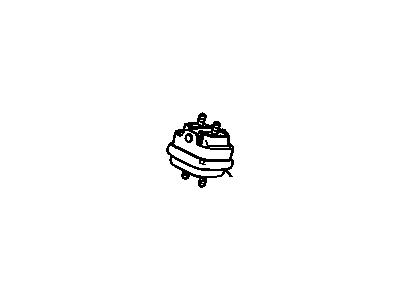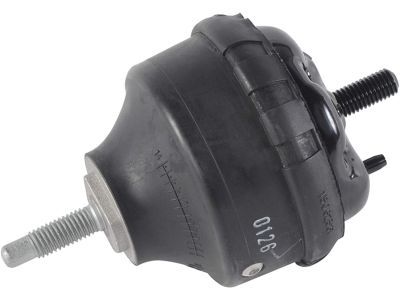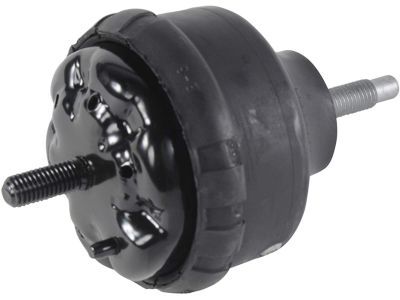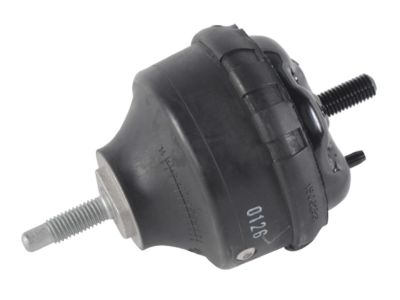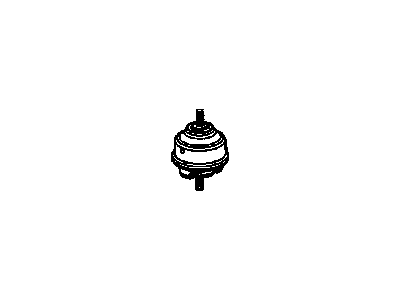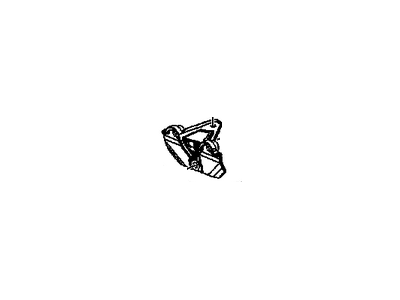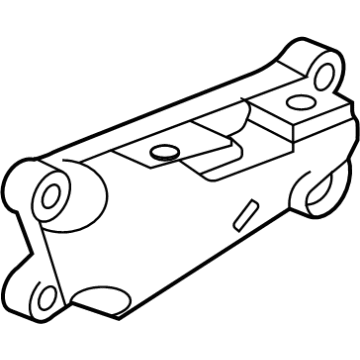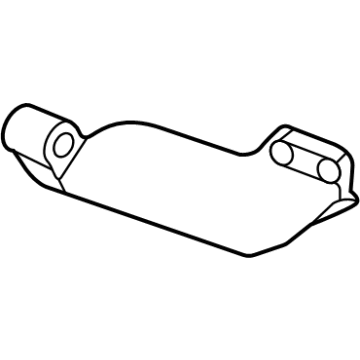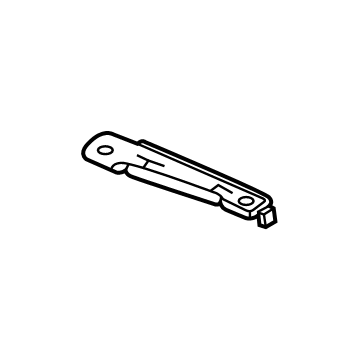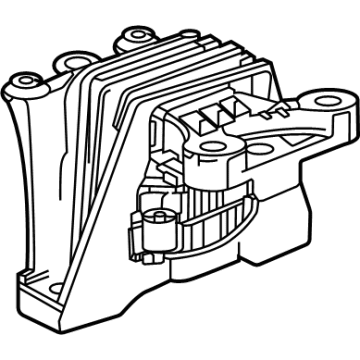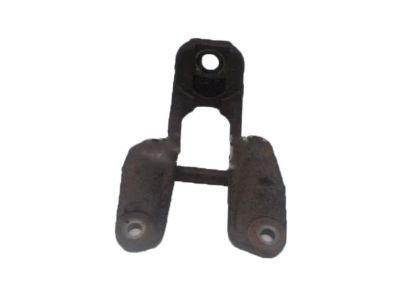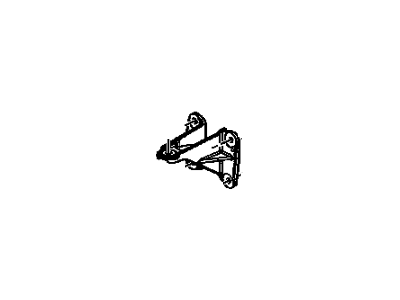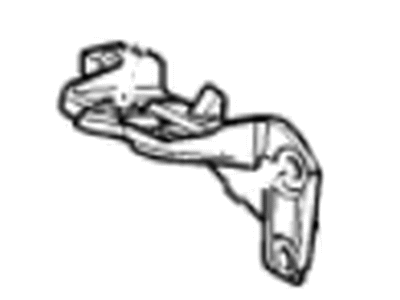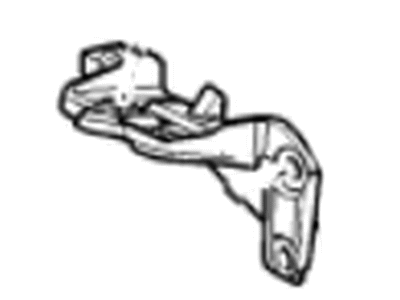
My Garage
My Account
Cart
Genuine Chevrolet Trailblazer Engine Mount
Engine Motor Mount- Select Vehicle by Model
- Select Vehicle by VIN
Select Vehicle by Model
orMake
Model
Year
Select Vehicle by VIN
For the most accurate results, select vehicle by your VIN (Vehicle Identification Number).
19 Engine Mounts found
Chevrolet Trailblazer Mount,Engine (Less Brackets)
Part Number: 19244831$140.50 MSRP: $243.48You Save: $102.98 (43%)Ships in 1-2 Business DaysChevrolet Trailblazer Mount,Engine
Part Number: 15062381$53.48 MSRP: $129.48You Save: $76.00 (59%)Ships in 1-2 Business DaysChevrolet Trailblazer Mount,Engine (Less Brackets)
Part Number: 19244832$156.11 MSRP: $243.48You Save: $87.37 (36%)Ships in 1-2 Business DaysChevrolet Trailblazer Bracket,Engine Mount LH
Part Number: 88964337$83.88 MSRP: $149.38You Save: $65.50 (44%)Ships in 1-2 Business DaysChevrolet Trailblazer Bracket, Eng Mt Eng Si
Part Number: 60002825$64.39 MSRP: $101.32You Save: $36.93 (37%)Ships in 1-3 Business DaysChevrolet Trailblazer Bracket,Engine Mount RH
Part Number: 88964338$91.60 MSRP: $144.12You Save: $52.52 (37%)Ships in 1-3 Business DaysChevrolet Trailblazer Brace, Eng Mt
Part Number: 55512875$21.53 MSRP: $34.33You Save: $12.80 (38%)Ships in 1-3 Business DaysChevrolet Trailblazer MOUNT-ENG
Part Number: 60006090$84.22 MSRP: $134.31You Save: $50.09 (38%)Ships in 1-2 Business DaysChevrolet Trailblazer Brace, Eng Mt
Part Number: 42481285$5.91 MSRP: $9.31You Save: $3.40 (37%)Ships in 1-3 Business DaysChevrolet Trailblazer Bracket, Eng Mt Eng Si
Part Number: 60002266$62.92 MSRP: $99.01You Save: $36.09 (37%)Ships in 1-3 Business DaysChevrolet Trailblazer MOUNT-ENG
Part Number: 60005993$85.46 MSRP: $136.30You Save: $50.84 (38%)Ships in 1-2 Business DaysChevrolet Trailblazer Bracket Assembly, Engine Mount
Part Number: 15062379$100.13 MSRP: $157.55You Save: $57.42 (37%)Chevrolet Trailblazer Bracket,Engine Mount (LH)
Part Number: 19258808$84.61 MSRP: $133.13You Save: $48.52 (37%)
Chevrolet Trailblazer Engine Mount
Each OEM Chevrolet Trailblazer Engine Mount we offer is competitively priced and comes with the assurance of the manufacturer's warranty for the part. Furthermore, we guarantee the speedy delivery of your orders right to your doorstep. Our hassle-free return policy is also in place for your peace of mind.
Chevrolet Trailblazer Engine Mount Parts Questions & Experts Answers
- Q: What should be done if engine mounts are broken or deteriorated in V8 engine on Chevrolet Trailblazer?A:Engine mounts seldom require attention, but broken or deteriorated mounts should be replaced immediately to prevent damage to driveline components. During the check, the engine must be raised slightly to remove the weight from the mounts. To do this, raise the vehicle and support it securely on jackstands, then position a jack under the engine oil pan with a large block of wood between the jack head and the oil pan, carefully raising the engine just enough to relieve the weight from the mounts without using the jack to support the entire weight of the engine. Inspect the mounts for any cracks, hardened rubber, or separation from the metal plates, as rubber can sometimes split down the center. Applying rubber preservative or W0-40 can help slow deterioration. Check for any relative movement between the mount plates and the engine or frame using a large screwdriver or prybar; if movement is noted, check the tightness of the mount fasteners before condemning the mounts, as broken mounts typically allow the engine to move easily when pried or under load. To replace the mounts, disconnect the cable from the negative terminal of the battery, then raise the vehicle and support it securely on jackstands. In the engine compartment, remove the engine mount-to-frame bracket bolts, which consist of three bolts on each side securing the mounts to the frame bracket. Attach an engine hoist to the top of the engine for lifting, avoiding the use of a jack under the oil pan to prevent damage to the oil pump pick-up. If a hoist is unavailable, casting lugs on each side of the engine block can be used to support the engine's weight during mount replacement. Raise the engine slightly until the engine mount can be unbolted from the block, then remove it from the vehicle. Installation is the reverse of removal, using non-hardening thread-locking compound on the mount bolts and ensuring they are tightened to the specified torque.

